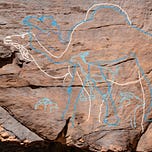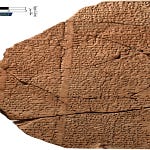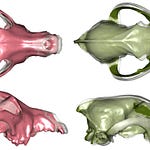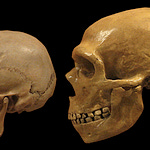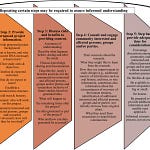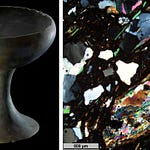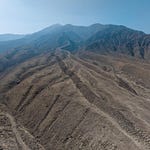Art as Survival Strategy
On the sandstone cliffs of northern Saudi Arabia, enormous camels stand frozen in stone1. Some measure over three meters long, carved with precision into the rock face. They are joined by ibex, gazelles, equids, and aurochs—animals once crucial to human survival in the desert interior.
These engravings, dating to between 12,800 and 11,400 years ago, are not just prehistoric images. Archaeologists argue they were signposts, territorial markers, and declarations of cultural identity during one of the most precarious moments in human history: the transition from the Pleistocene to the Holocene.
“These large engravings are not just rock art—they were probably statements of presence, access, and cultural identity,” said Dr. Maria Guagnin of the Max Planck Institute of Geoanthropology, the study’s lead author.
The work, part of the Green Arabia Project, documents more than 60 rock panels across three sites—Jebel Arnaan, Jebel Mleiha, and Jebel Misma—at the southern edge of the Nefud Desert. Together they contain 176 engravings, 130 of them life-sized animals.
Listen to this episode with a 7-day free trial
Subscribe to Anthropology.net to listen to this post and get 7 days of free access to the full post archives.

